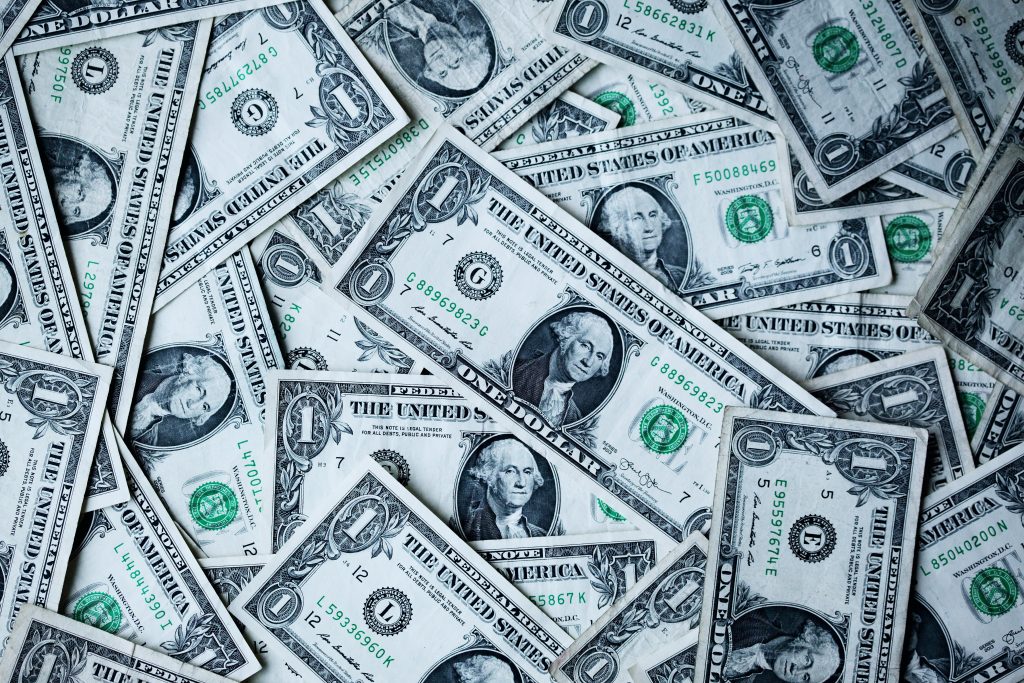Quantitative Easing: No Words to Describe It
“Words have no power to impress the mind without the exquisite horror of their reality.” – Edgar Allan Poe

The experience of the global financial crisis (GFC) was a painful reminder that central banks were not equipped to save the modern financial markets from failing. To this end, the Fed reimagined its role by employing “unconventional tools” to restore market liquidity and stopping the freefall. While the Fed used to flush the banking system with liquidity in earlier crises, it was engaged in the outright purchases of long-term government bonds and mortgage-backed securities (MBS) during the GFC. This procedure was later known as ‘’Quantitative Easing” or QE. Similarly, to respond to the most recent turbulences in the repo market, the Fed has started the same kind of operations by purchasing short-dated government bills from September. The difference, however, is their resistance to label this procedure as a QE.
The experience of the global financial crisis (GFC) was a painful reminder that central banks were not equipped to save the modern financial markets from failing. To this end, the Fed reimagined its role by employing “unconventional tools” to restore market liquidity and stopping the freefall. While the Fed used to flush the banking system with liquidity in earlier crises, it was engaged in the outright purchases of long-term government bonds and mortgage-backed securities (MBS) during the GFC. This procedure was later known as ‘’Quantitative Easing” or QE. Similarly, to respond to the most recent turbulences in the repo market, the Fed has started the same kind of operations by purchasing short-dated government bills from September. The difference, however, is their resistance to label this procedure as a QE.
Regardless of whether or not to call it a QE, the seismic shift in the Fed’s role away from being a lender of last resort to the banks towards the dealer of last resort in the capital market continues a decade after the GFC. This new role of the Fed reflects the evolving nature of the financial market where liquidity provision has shifted from the business model of the large banks to nonbanks. These nonbanks, who are collectively known as ‘’shadow banking system,” are mostly dealers who are financing their long term investments in the capital market by borrowing in the wholesale money market using short term instruments such as repo.
Capturing this evolution is a welcome development in the world of central banking. The point is that QE is a new normal way of executing monetary policy and is better-adjusted to deal with fluctuations in the financial system. Against this background, it seems like we have to start calling the asset-purchasing program of the Fed what it is: a permanent tool of implementing monetary policy. This task of reimaging central banking has been long overdue, and QE is a first step in the right direction. Besides, it is here to stay.
Discussion Questions:
1. What is the main difference between the Fed’s QE and the new round of asset purchasing program?
2. Do you think the Fed should react to liquidity problems outside the traditional banking system?
3. Do you think the growth of shadow banking system in the financial market should be curbed using financial regulations?













